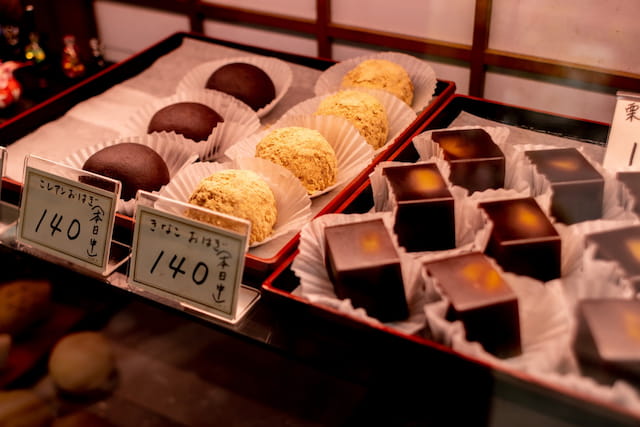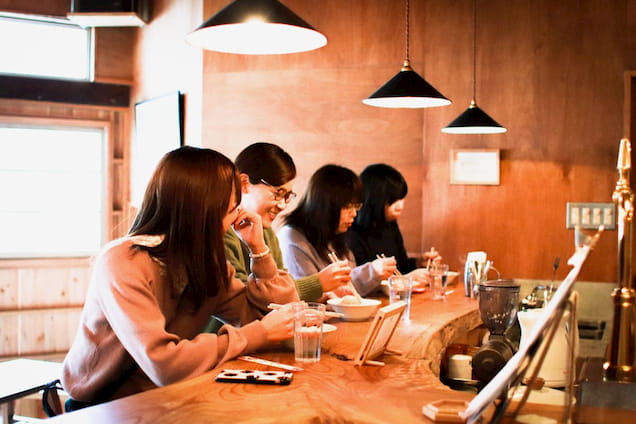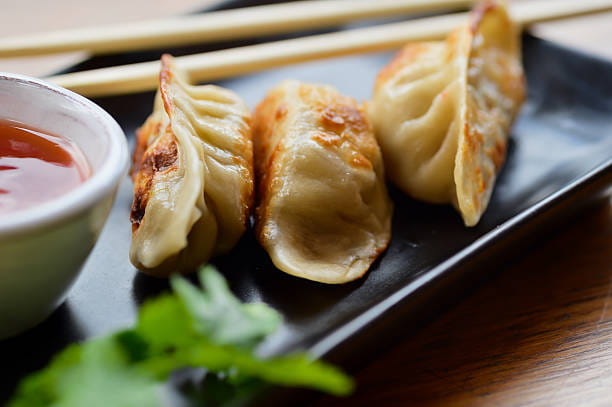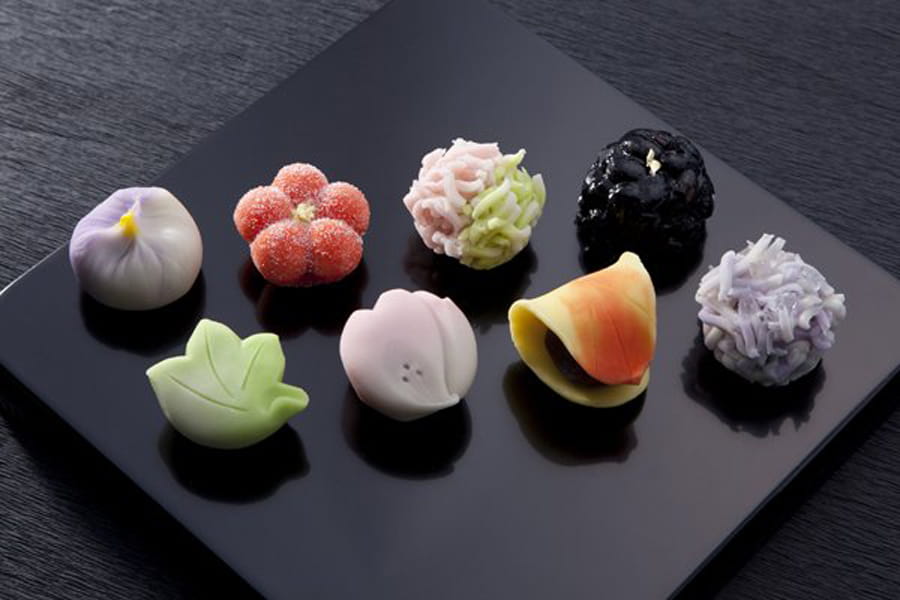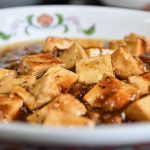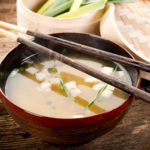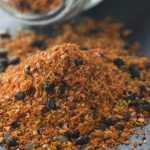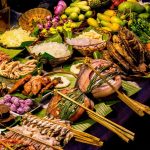Japanese confectionery is a mystery: what are their sweets like, are they similar to those of the rest of the world? The truth is that the list of Japanese desserts is endless and you can find the most curious and incredible combinations of flavours. To begin to delve into this universe, the main (and most obvious) characteristic of Japanese confectionery that you should know is elegance. Japanese sweets express delicacy, perfection, detail and refinement, undoubtedly an apology to their culture. They are made as small works of art, as each one of them has a unique elaboration process.
Although sometimes in the West it may seem that Japanese dishes do not go beyond sushi and ramen, the truth is that Japanese cuisine is very varied. The Japanese take care of every detail in their cuisine, from the ingredients they use to the decoration, which is reflected in their dishes. This passion for fusing different flavours and textures is what has given rise to their wonderful pastry culture, a whole world of different sweets and cakes not to be missed.
Types of Japanese pastries
Wagashi
Wagashi are Japan’s traditional sweets to accompany the tea ceremony and play an important role in their traditional gift culture. The main difference with Western desserts is that they are not as sweet, their taste is much milder. They are usually made with an ingredient rarely used in Western desserts, the red bean, which also influences the sweetness on the palate. Their texture is usually firm so that they can be cut easily, but somewhat chewy so that they are soft to the bite.
In addition, the inspirational basis of Japanese desserts is undoubtedly nature. Their creations go hand in hand with the season of the year. That is why, generally, the shape of these pastries tends to be natural motifs such as flowers, leaves or fruits. For example, before spring, sweets may be made in the shape of cherry blossoms, before the trees bloom, in anticipation of their arrival.
The list of wagashi could be endless, so we have selected some of the most representative ones to introduce you to them:
Daifuku. This is one of the most popular sweets. Known in the West as “mochi”, this snack is made with rice flour and can be filled with different flavours, although the most common is anko or red bean.
Dango. This dessert can be found in almost any food stall in Japan. They are rice flour balls that can be presented in various ways. One of the most common is to stick them on a long chopstick, combining balls of different flavours or the same flavour, although it is also possible to eat them individually.
Dorayaki. No introduction needed. If you’ve ever seen Doraemon, you’ll know what we’re talking about. The famous cosmic cat was crazy about these sweets, which are nothing more than round sponge cakes filled with sweet bean paste.
Namagashi. This is one of the most beautiful and special sweets. Made from rice flour, it is characterised by reflecting the season in which it is served in both appearance and taste. The skilled confectioners who make them are considered artists, as learning to make and perfect them can take years.
Taiyaki. This is one of the most fun Japanese pastries because of its aesthetics, in the shape of a fish. Its most common filling is, of course, red bean paste. Its preparation is similar to that of a waffle: the batter is taken and poured into a mould in the shape of a fish. It is then baked on both sides until golden brown.
Cake culture
Most of the cakes found in Japan are of foreign origin. It was not until the Edo era that the country opened its doors internationally and began to bring in the cake culture. Since then, the Japanese have adapted cakes from the rest of the world and adapted them to their own style.
Less sweet and more creamy. These would be the two most relevant variations of Japanese cakes. In the land of the rising sun, excessive sweetness is not a taste that seems pleasant, so the touch of sweetness tends to be more moderate. And Japanese patisseries are also very popular for individual portions, which is advantageous if you fancy trying more than one of these delicacies. Are you a pastry lover? Then take note and take note because we are going to reveal the best cakes in Japan:
Cheesecake. This cake is known everywhere, but the Japanese version is famous for being VERY fluffy. The mixture of egg whites, milk, sugar and cream cheese results in a very light, soufflé-like cheesecake.
Baumkuchen. This dessert is shaped like a hollow cylinder. Its interior is made up of many thin layers which, when cut, show a pattern similar to the rings of a tree. Baumkuchen is usually served in very thin slices with vanilla ice cream and hot chocolate on top.
Swiss Cake. In Japan it is better known as “roll cake” and originates from Europe. It is an elongated, rolled and filled cake that is usually covered with jam or chocolate, like a gypsy’s arm. It is such a popular cake in the country that you can find specialised shops in every city.
Montblanc. A dessert made of different layers of sponge cake covered with chestnut paste to create a mountain resembling Mont Blanc, hence its name. Its origin dates back to France in the 1600s, although it did not reach Japan until its internationalisation in the 20th century.

